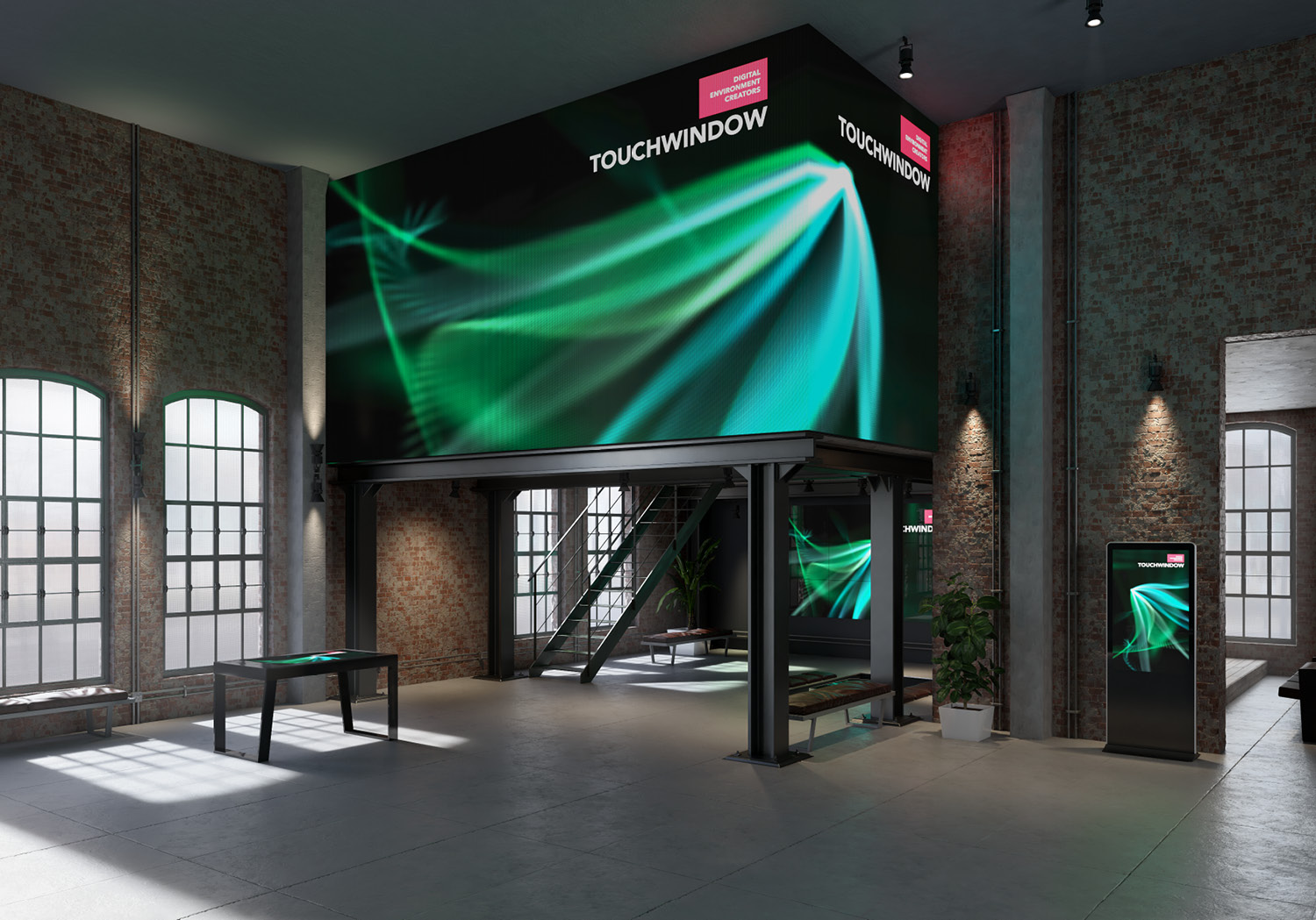Exploring the Wide-ranging Connectivity Solutions Available for LED Display Panels
Exploring the Wide-ranging Connectivity Solutions Available for LED Display Panels
Blog Article
LED wall units have secured popularity for their ability to deliver high-quality visuals in multiple settings, from professional environments to event venues. One of the primary aspects of these panels is their interface capabilities, which allow users to connect them to different devices and systems. Understanding the diverse connectivity options available for LED wall panels is vital for enhancing their use and effectiveness. This discussion details these options, highlighting how they can cater to various needs and preferences.
One frequent connection method for LED wall panels is High-Definition Multimedia Interface. HDMI is widely known for delivering crisp video and audio streams between devices. This interface type is especially useful in commercial environments, such as conference rooms or classrooms, where visual content or video content are often displayed. By using HDMI cables, operators can easily link laptops, projectors, and streaming equipment to Light Emitting Diode wall panels, ensuring a sharp and vibrant presentation of information.
Another popular interface option is DisplayPort, which is comparable to High-Definition Multimedia Interface but offers enhanced benefits. Display Port can support elevated refresh rates and resolutions, making it an excellent choice for interactive media or design-heavy applications. For those using LED wall panels in settings where output quality is essential, such as competitive gaming venues or design studios, Display Port can provide the required visual clarity. Moreover, many contemporary computers and graphics cards feature DisplayPort connections, making it a practical solution for tech-savvy users.
In addition to High-Definition Multimedia Interface and Display Port, cordless connectivity options are becoming increasingly common in Light Emitting Diode wall panel technology. Wireless connections allow operators to share content without the requirement for physical cables, promoting a cleaner and more flexible configuration. Platforms such view it now as Wi-Fi and short-range communication enable users to link smartphones, tablets, and laptops directly to Luminescent Diode wall panels without tangled wires. This versatility is particularly advantageous in dynamic environments like trade shows or events, where rapid changes to displays are often required.
For extensive deployments or more intricate setups, network connectivity through Ethernet is another viable option. Wired links provide a consistent and reliable way to integrate multiple Light Emitting Diode wall panels within a network. This setup is ideal for digital signage applications found in shopping malls or transport hubs, where multiple panels may need to present coordinated content across a wide area. By using network cabling and routing hardware, users can ensure that all connected panels receive uniform data and content efficiently.
Finally, it's crucial to evaluate the evolution of interface technology with advancements such as click this link now USB-C and Thunderbolt 3. These newer connection types offer increased data transfer speeds and versatility by allowing one cable to handle both power delivery and data exchange. As more systems incorporate these protocols, LED wall panels equipped with USB-C ports will likely become more common. This shift in connectivity not only enhances the functionality of LED wall panels but also aligns with the growing trend of minimalism in technology setups by reducing the number of cables needed.
In conclusion, exploring the diverse connectivity options available for LED wall panels reveals many opportunities for operators across multiple industries. From conventional approaches like High-Definition Multimedia Interface and DisplayPort to modern wireless solutions and network connections, each option serves unique functions suited to distinct needs. Furthermore, next-gen technologies like Universal Serial Bus-C offer further advancements in how professionals interact with Luminescent Diode wall panels. By grasping these integration alternatives, end-users can make strategic selections that optimize their overall experience with these versatile display tools.